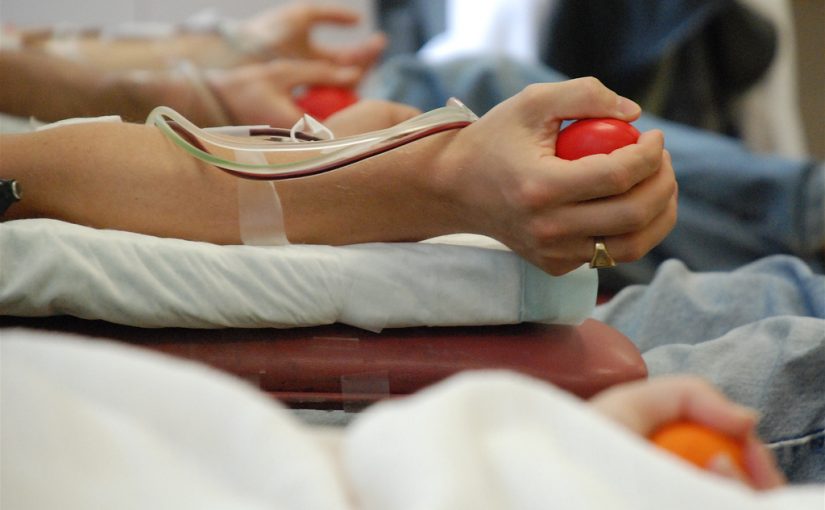Sometimes giving blood can be really good for you.
Haemochromatosis is a genetic condition that affects 1 in 200 Australians. Sometimes known as inherited iron overload disorder, it causes an excess of iron in the body and if left untreated can cause damage to vital organs and even premature death.
Early symptoms include joint pains, fatigue, weakness and sexual dysfunction. At higher levels iron overload can lead to more serious and potentially fatal symptoms including diabetes, liver cancer and cirrhosis, heart failure and osteoarthritis.
Haemochromatosis Australia is the primary advocacy group for people with this condition, and they know just how important pathology is for the people they support.
“Accurate diagnosis of Haemochromatosis is completely reliant on pathology tests. If blood tests suggest that too much iron is being stored in the body diagnosis is confirmed by a genetic test which is also done by pathology,” said Ben Marris, President of Haemochromatosis Australia.
Giving blood, known as therapeutic venesection, is the only way to treat haemochromatosis. It is a simple procedure that involves up to 500ml of blood being taken, in order to reduce the patient’s iron levels and prevent them from climbing too high.
Therapeutic venesection is available at some pathology centres. Some people with iron overload can give blood at the Australian Red Cross Blood Service meaning that blood taken from people with haemochromatosis can go on to help people in need of blood or blood products.
Regular blood tests enable people with haemochromatosis to manage their iron stores and to know when they need venesection.
Haemochromatosis Awareness Week runs from 7th – 13th August and as part of awareness raising activities the organisation has put on an exhibition of artworks by Australian artists and photographers in Deloraine, Tasmania, called Overload.
The aim is to raise the profile of the condition and highlight that early diagnosis, via pathology testing, is vital in preventing future health complications such as liver damage or diabetes.
The condition most commonly occurs as hereditary haemochromatosis, which is when a person inherits a particular mutation of the HFE gene from both parents. Those who have inherited one mutated gene only are known as carriers. They can pass on this mutation to their children but are unlikely to experience symptoms. A person with two mutated genes is at risk of iron overload.
There are two different mutations. The more serious one is called C282Y and the less serious one is called H63D.
Because the symptoms of haemochromatosis are varied and include joint pains and severe fatigue that could be attributed to a number of different conditions, it is important not to delay getting medical advice. The longer the condition goes untreated, the more likely it is that a person will have related health problems, including organ damage.
Anyone who knows they have the condition in their family should get tested even if they do not have symptoms because it is important to know if you are a carrier of one of the faulty genes.
For further information visit http://haemochromatosis.org.au/

